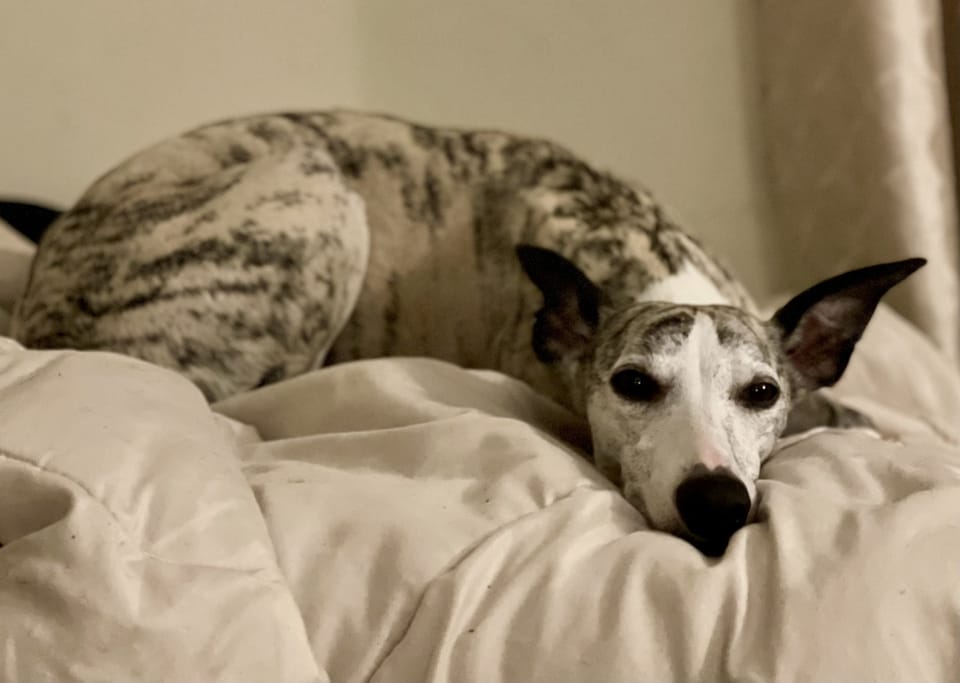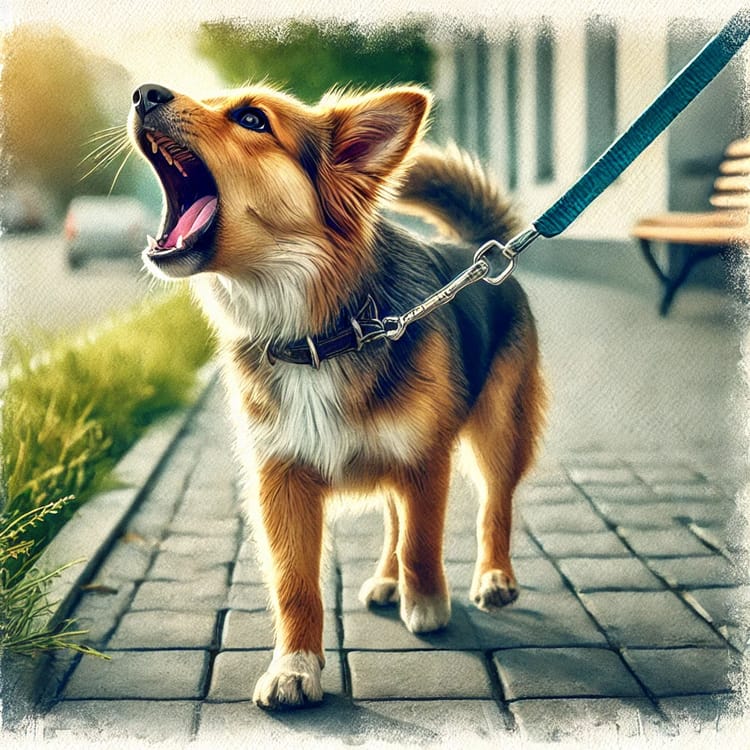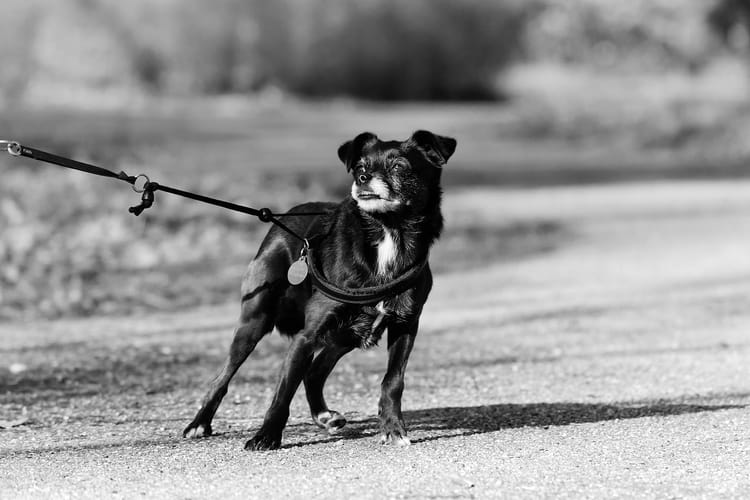The one thing many trainers overlook when working with reactive dogs

What's the one thing trainers tend to overlook when working with reactive dogs and their people?
Many trainers focus on managing reactivity by addressing triggers head-on—but without teaching relaxation, your plans might be missing a vital foundation.
Relaxation isn’t just a "nice-to-have" behavior; it’s a core skill that helps dogs build resilience, regulate emotions, and respond calmly to their environment. It’s the skill reactive dogs (and their humans!) desperately need to succeed.
Here’s a Do’s and Don’ts Guide to adding relaxation into your training plans 👇
✅ DO: Teach relaxation in low-stress environments
Start in a space where your dog already feels safe—like their crate, a mat, or a quiet room. Use high-value rewards to reinforce calm behaviors, like lying down with a soft body or placing their chin on their paws.
❌ DON’T: Wait until a trigger shows up to work on relaxation
If relaxation isn’t practiced and reinforced beforehand, expecting a dog to stay calm around a trigger is setting them up for failure.
✅ DO: Use active relaxation techniques
Pair calm behaviors with cues, like “settle” or “relax,” and gradually add mild distractions to build fluency. Think of this like a “relaxation muscle” you’re strengthening over time.
❌ DON’T: Assume a dog will “just relax” without guidance
Relaxation is a trained behavior, not a default one—especially for reactive dogs. Build it step by step.
✅ DO: Use strategic antecedent arrangements
Set up scenarios to make relaxation the easiest choice. For example, use visual barriers during training sessions or increase distance from triggers.
❌ DON’T: Skip the foundation work
Jumping straight into counter-conditioning or desensitization without teaching relaxation first can lead to slower progress and more frustration for both you and the dog.
✅ DO: Reinforce calm body language regularly
Catch and reward those small, relaxed behaviors throughout the day—even when it’s not a formal training session.
❌ DON’T: Only reward calmness during training time
Make relaxation a part of everyday life to create lasting habits!
🐾 Ready to transform how you approach reactive dogs?
Imagine confidently guiding even the most reactive dogs to calmness, resilience, and focus—starting with one simple yet powerful skill: relaxation.
Our "From Reactive to Relaxed: Advanced Strategies for Reactive Dog Training" course dives deep into effective, research-backed strategies that work for real-world situations. Whether you're a seasoned pro or just starting, this course equips you with practical tools to create breakthroughs for dogs and their owners alike.
✅ What you'll learn:
- Step-by-step techniques to teach relaxation as a foundation.
- Proven methods for counter-conditioning and desensitization.
- How to build tailored plans that bring lasting change.
Let’s turn reactivity into resilience—one session at a time!




